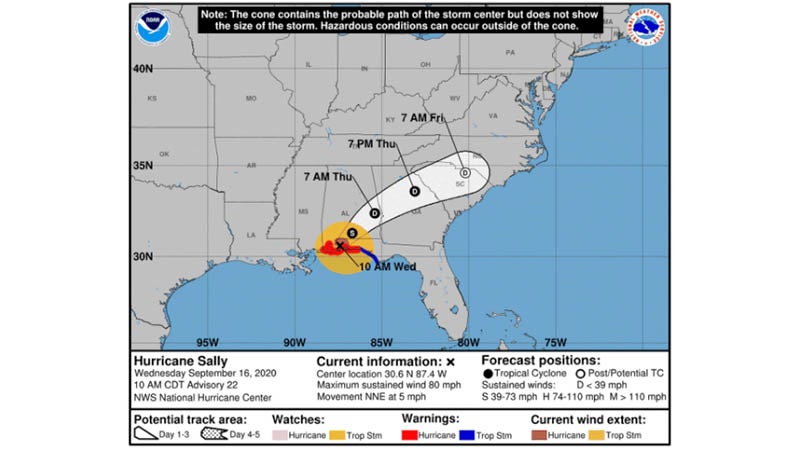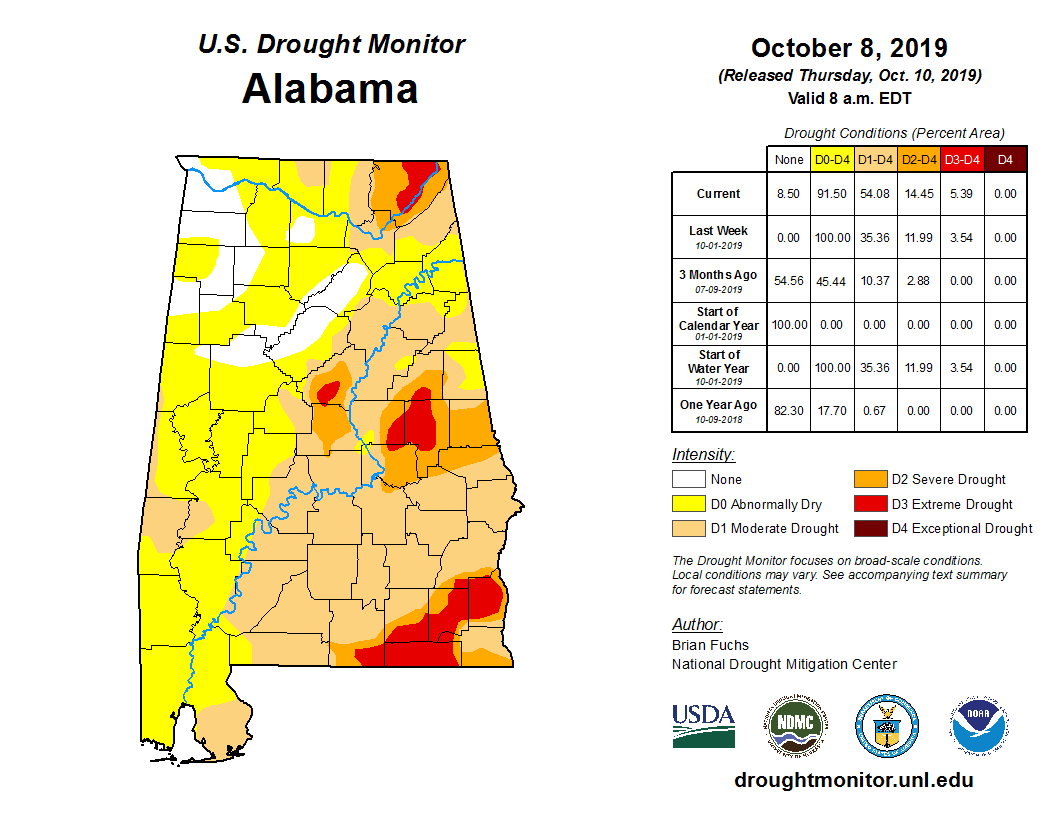Mom on bullying: Happens here, too
Published 12:02 am Friday, September 5, 2014
One in three students in the United States is bullied on a regular basis, according to the Department of Health and Human Services.
Bullying is defined as “intentionally aggressive, usually repeated” verbal, social or physical behavior aimed at a specific person or group of people.
Statistics show that 28 percent of students in grades six through 12 have experienced bullying or feel bullied.
County resident Melinda Kimmons knows first hand what bullying can do to a child.
Kimmons told The Star-News on Thursday that her 11-year-old son, who is a student in the Covington County School system, has been experiencing bullying during the last two school years.
“I just want people to be aware that there is bullying in the schools,” she said.
Kimmons said she spoke to Covington County Schools Superintendent Shannon Driver, who gave her his word he would investigate the matter.
The child told The Star-News that the bullying began toward the end of the last school year when one child began “beating him up,” and has escalated to four children constantly tormenting him.
“I get off the bus and go to the cafeteria,” he said. “I eat and they are already waiting on me. They hide right behind the menu. I have to run to the classroom because they chase me.”
Kimmons said one of the children is in her child’s classroom.
The child reported that he has to run to the gym for PE class and he’s been forced up against the bleachers and he has to run back to his classroom to avoid getting bullied.
Additionally, the child said that one of the “bulliers” grabs him by his hair and snatches him onto the floor in the lunchroom.
The child reports being kicked, punched and ganged up on by his classmates. He also said he has to run to catch the school bus.
“They have also beat me up in the bathroom,” he said. “They grabbed me by my hair, ear and I was put into a choke hold. I started to scream and they stopped.”
Before the incidents began, the child said he looked forward to school, but now he fears for his safety.
“It scares me,” he said. “I’m scared they will hurt me bad enough to go to the hospital.”
So far, his mom said he’s come home with more than his fair share of bruises.
This week, he’s missed school due to a headache after being hit in the head with a ball, which warranted a trip to the nurse’s station on Wednesday.
“This all makes me not want to talk at all,” he said.
Kimmons said they are thinking of changing schools.
“We shouldn’t have to do that, though,” she said.
Kimmons said she was told she could talk to the school resource officer and file a harassment complaint.
Statistics show that only 20 to 30 percent of bullied students tell adults or authorities about their situations.
According to the anti-bullying website, nobullying.com, students who are bullies as young adults continue the trend of abuse and violence into adulthood. By the age of 30, approximately 40 percent of boys who were identified as bullies in middle and high school have been arrested three or more times.
Alabama law strictly addresses bullying with the state Legislature passing laws to prevent harassment of students.
Alabama law defines harassment of students as “a continuous pattern of intentional behavior that takes place on school property, on a school bus, or at a school-sponsored function, including, but not limited to, written, electronic, verbal or physical acts that are reasonably perceived as being motivated by any characteristic of a students, or by the association of a student with an individual who has a particular characteristic.”
To constitute harassment, a pattern of behavior may do any of the following:
• Place a student in reasonable fear of harm to his or her person or damage to his or her property;
• Have the effect of substantially interfering with the educational performance, opportunities, or benefits of a student;
• Have the effect of substantially disrupting or interfering with the orderly operation of the school;
• Have the effect of creating a hostile environment in the school, on school property, on a school bus, or at a school-sponsored function;
• Have the effect of being sufficiently severe, persistent or pervasive enough to create an intimidating, threatening or abusive educational environment for a student.
The state requires that each school develop and implement practices to promote a school environment that is free of harassment, intimidation, violence and threats of violence. If the incidents occur, schools are required to intervene.
They are also required to report statistics of actual violence, reports of threats of violence and harassment to the local school board.
Kimmons said she was advised that the school board has an anti-bullying plan in place.
“I just want it to stop,” she said. “If it doesn’t, those (students) are going to wind up hurting someone else’s child 10 times worse than my child.”




